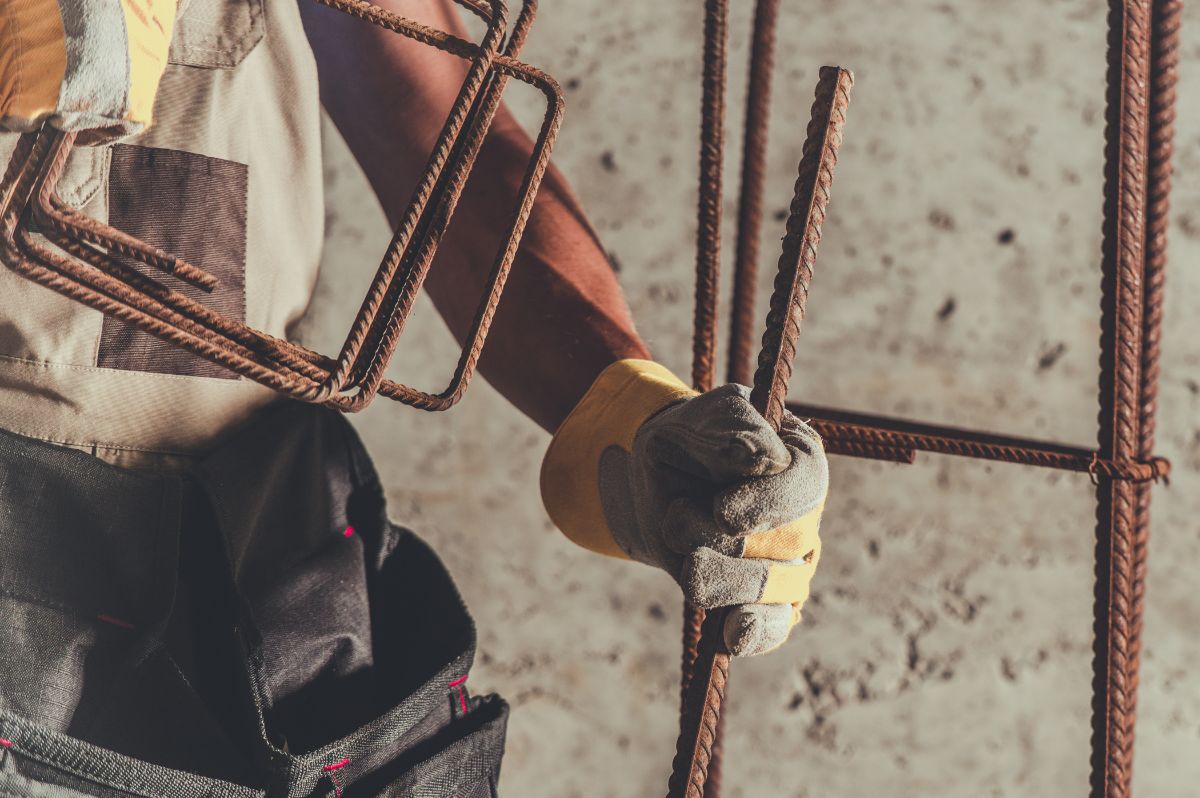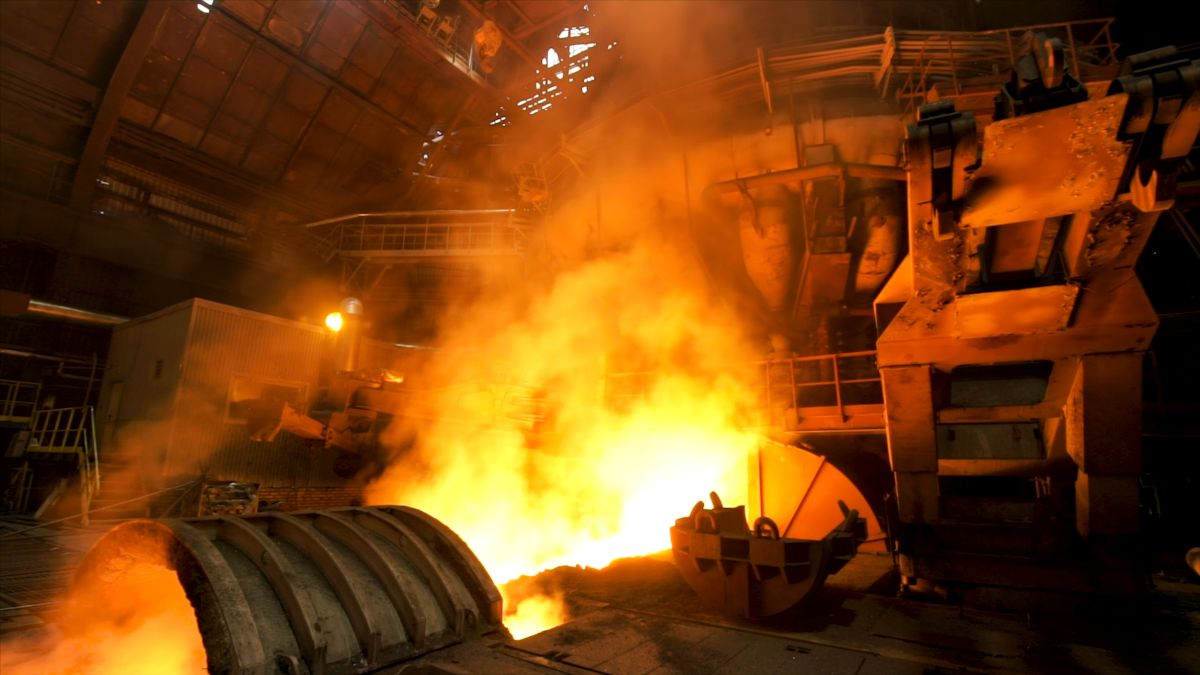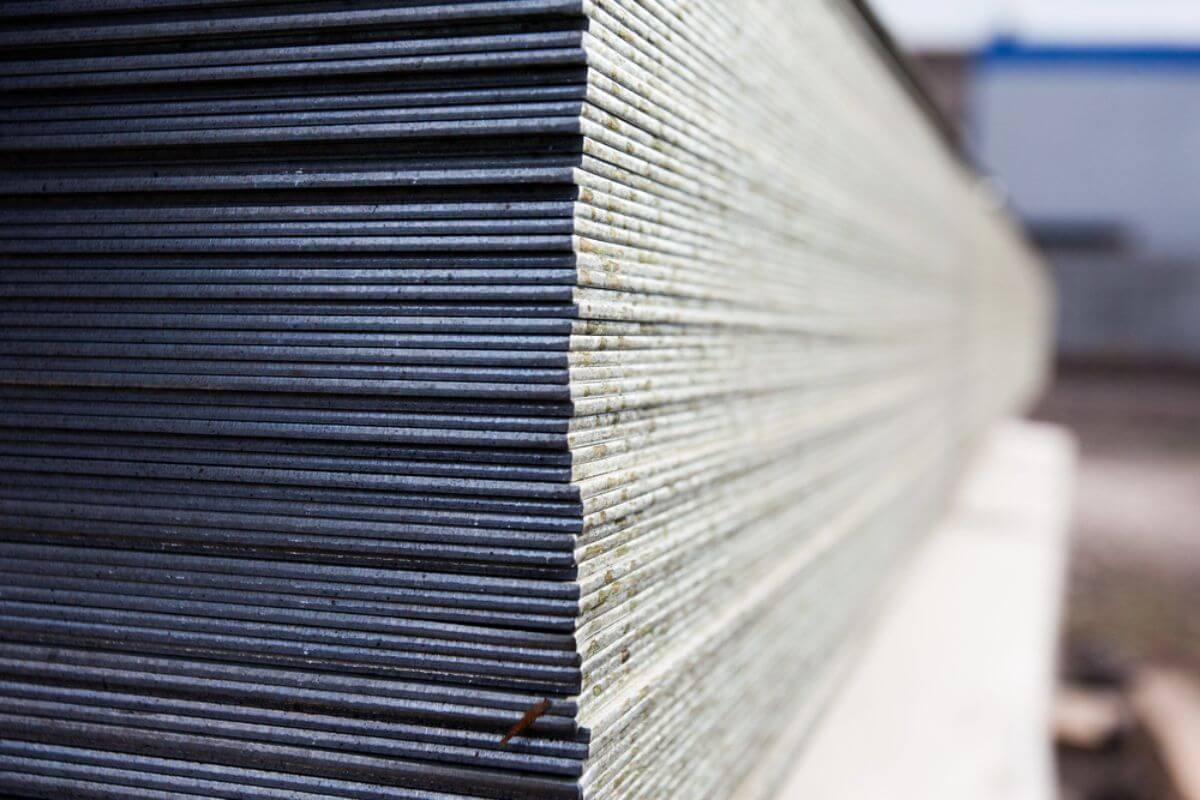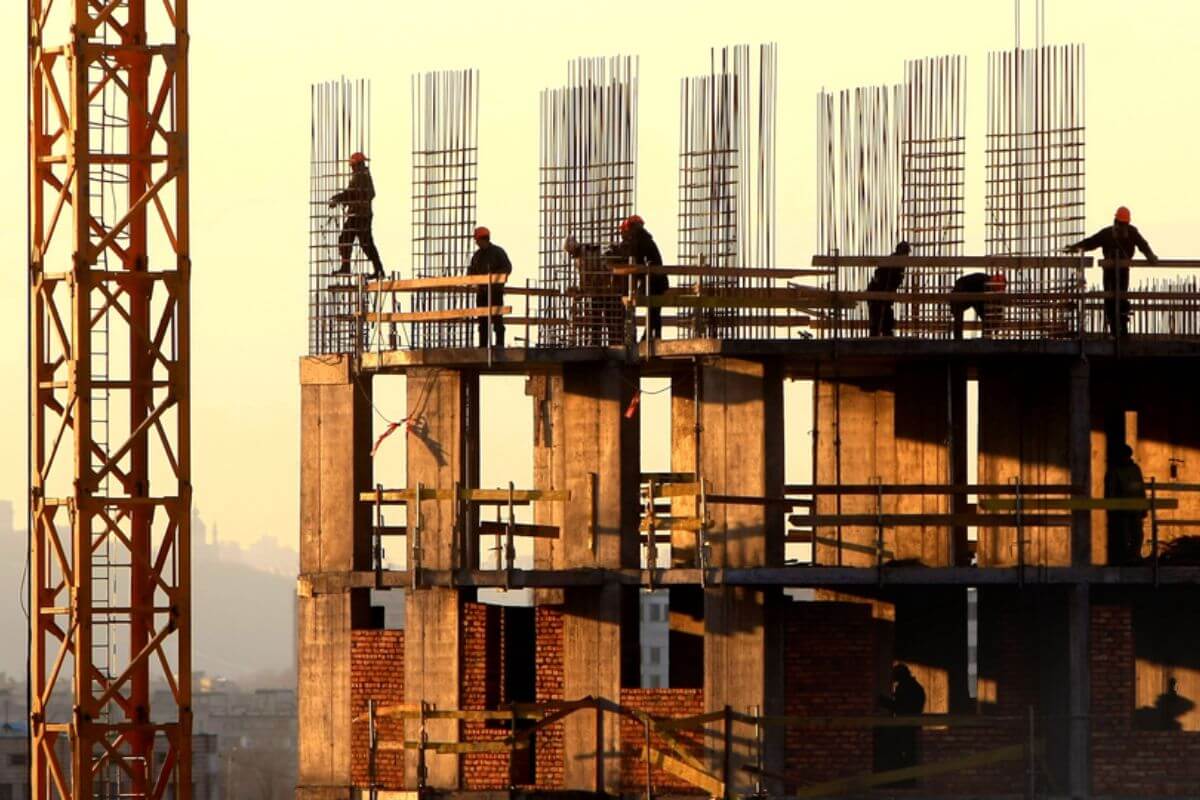How does steel make your building safer during earthquakes and disasters?
- Structural stability
- Flexibility and ductility
- Lightweight construction
- Resistance to fire and corrosion
- Quick construction and retrofitting
Overview
- Steel provides structural stability and resilience, making it essential for constructing buildings that can withstand seismic activity and other disasters.
- Its flexibility and ductility allow for the absorption and distribution of shaking energy during earthquakes, reducing the risk of building collapse.
- Its lightweight construction, resistance to fire and corrosion, and quick construction capabilities make steel an efficient and sustainable choice for creating durable and safe structures in unpredictable environments.
In a world where natural disasters pose significant threats to buildings, ensuring their safety is crucial. Among construction materials, steel plays a vital role in protecting structures, especially during earthquakes and disasters.
In this article, we will explore how steel can safeguard against earthquakes and disasters, highlighting its importance in ensuring stability and safety. Whether through its strong structure, flexibility, or quick construction capabilities, steel proves to be a key element in creating durable and disaster-resistant buildings in an unpredictable environment.
Structural Stability
Steel’s inherent ability to provide structural stability makes it an essential material for construction. When constructing a structure, it’s pivotal that the material used is equipped with inherent strength and resilience. This allows for the capacity to withstand the strong forces released during seismic activity. Fortunately, steel provides exceptional stability, making it essential for construction projects.
It functions as a stable support system in the face of lateral movements and ground vibrations. This reduces the possibility of disastrous structural failures. As a result, it is dependable and is a crucial component in the construction of buildings that can endure and navigate the extreme pressures imposed by natural disasters.
Flexibility and Ductility

Steel can be utilized in various regions in the Philippines, especially in places where earthquakes typically happen, such as Metro Manila, Visayas, and Mindanao due to their location along tectonic plate boundaries,
When there’s an earthquake, buildings go through a series of shaking. Steel’s flexibility lets it absorb and spread out that shaking energy, so it doesn’t harm the building as much.
These abilities of steel are important because they stop the building from collapsing all at once, keeping people and property safer.
Lightweight Construction
Steel’s high strength-to-weight ratio allows for the creation of structures that can handle substantial loads while minimizing the overall weight. This efficiency is important in tall buildings, bridges, and other large structures where the weight of materials plays a significant role in the structural design.
This improves the building’s safety while also reducing material waste in construction projects. Additionally, it helps build structures in a more sustainable and environmentally friendly way.
Resistance To Fire and Corrosion

Steel offers more than just structural strength during seismic events—it provides additional safety layers. Its resistance to fire ensures that buildings can withstand high temperatures without compromising their integrity. This resilience buys crucial time for safe evacuation and prompt emergency response.
Moreover, steel’s resistance to rust and corrosion contributes to long-term durability, a critical factor post-disaster. This enduring strength ensures the building remains resilient and stands tall well beyond the immediate aftermath.
Quick Construction and Retrofitting
Time is critical when it comes to preventing earthquake damage to buildings. The good news about steel is that it can be quickly used to construct structures, which expedites tasks and reduces risk. Another benefit of using them is their adaptability, which enables us to quickly upgrade existing structures.
This implies that we can quickly strengthen a building if it needs to be more earthquake-resistant. Thus, steel allows us to quickly increase the safety of existing buildings while also accelerating the construction process.
Key Takeaway
As we continue to grapple with the unpredictability of natural disasters, how steel can safeguard against earthquakes and disasters cannot be overstated. From providing structural stability to enabling quick construction and retrofitting, they stand as a cornerstone in the quest for earthquake and disaster resilience.
Make a commitment to safety and community well-being by embracing the versatility and strength of steel in your construction projects with Regan Steel, a trusted steel supplier in the Philippines. Trust us in providing the quality and expertise needed to create resilient and safe structures. Contact us today and let’s build a safer future together.






